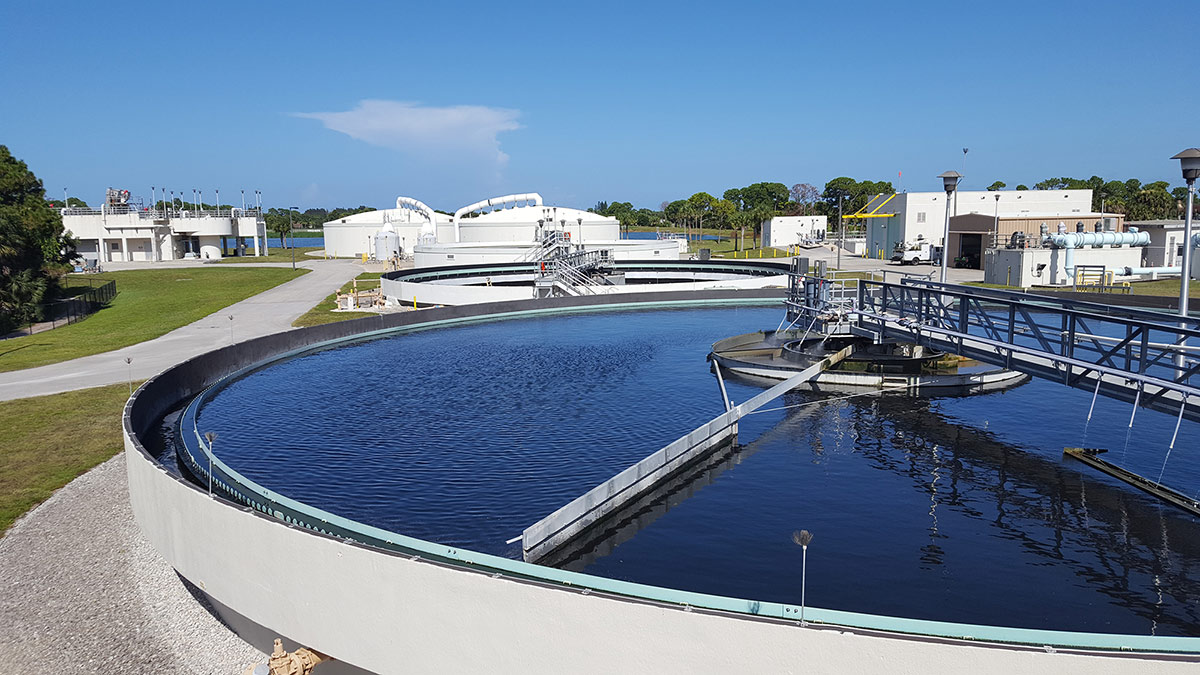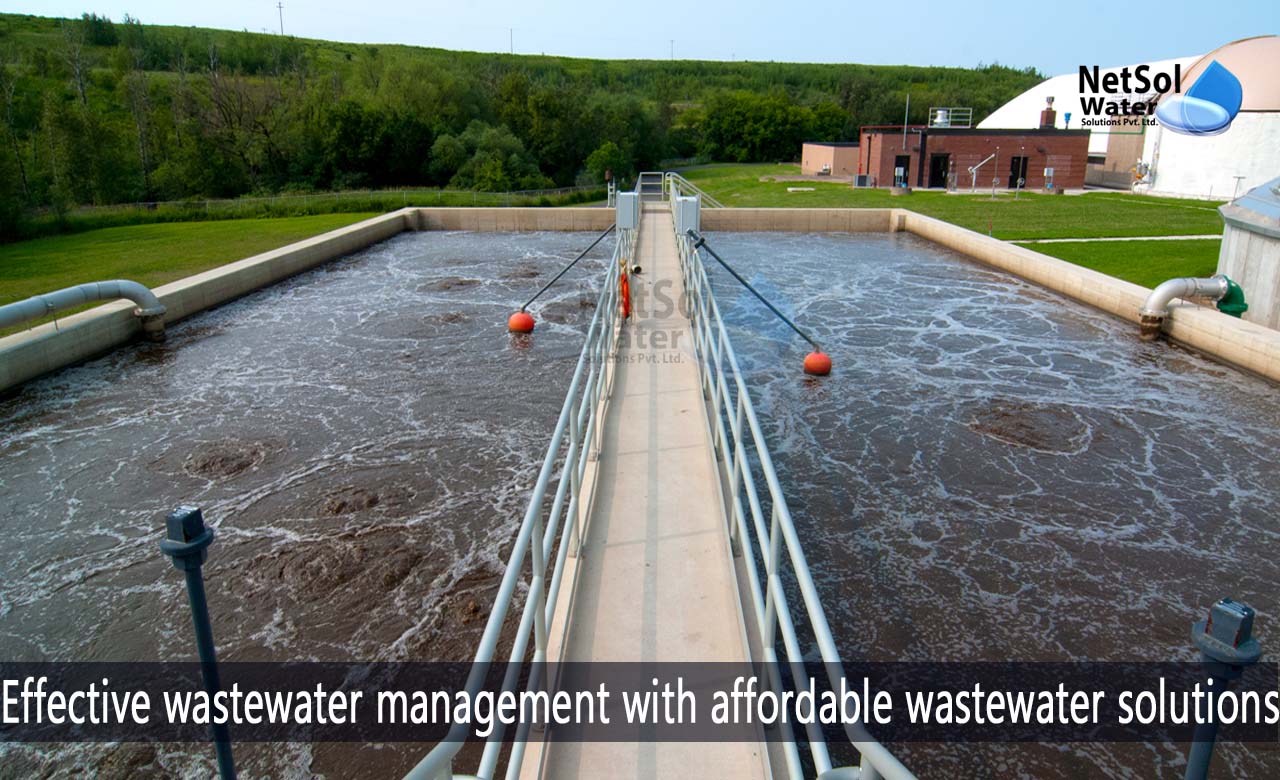Complete Wastewater Systems for Residential and Commercial Needs
Complete Wastewater Systems for Residential and Commercial Needs
Blog Article
Recognizing Wastewater Treatment Processes and Their Environmental Impact
The ins and outs of wastewater treatment procedures play a pivotal function in mitigating environmental challenges connected with water pollution. Each phase, from initial to sophisticated therapies, is made to deal with specific contaminants, eventually protecting both public wellness and water environments.
Overview of Wastewater Therapy
How is wastewater transformed right into a risk-free resource for the atmosphere? Wastewater treatment is an important procedure designed to get rid of impurities from utilized water, thereby securing public health and safeguarding ecosystems. This procedure begins with the collection of wastewater from residential, industrial, and business resources, which is after that directed to therapy centers.
At these facilities, different physical, chemical, and biological methods are utilized to treat the wastewater. Initial testing gets rid of big particles, complied with by sedimentation to different much heavier solids. Ultimately, biological treatments, such as turned on sludge procedures, utilize bacteria to damage down natural issue. These techniques not only lower contaminant levels but also promote the recovery of beneficial nutrients.
The dealt with effluent can be securely discharged into natural water bodies or recycled for watering and commercial purposes, advertising source preservation. In addition, the therapy procedure produces biosolids, which can be repurposed as fertilizers or soil modifications, even more enhancing sustainability.
Stages of Therapy Procedures
The wastewater treatment procedure generally includes three primary phases: initial, primary, and additional treatment. Each stage serves an unique function in lowering the contaminant load and making sure the effluent fulfills environmental standards before discharge.

The key treatment stage focuses on the physical separation of put on hold solids from the wastewater. Via sedimentation, much heavier bits clear up at the end of sedimentation storage tanks, developing sludge, while lighter products, such as oils and greases, float to the surface and are skimmed off. This process considerably lowers the organic and not natural load in the wastewater.
Second therapy is an organic process intended at further lowering the focus of natural issue. This phase is necessary for achieving the required biochemical oxygen demand (FIGURE) reduction, eventually leading to cleaner effluent ready for discharge or further treatment.

Advanced Treatment Technologies
Adhering to the additional treatment procedures, progressed therapy innovations play an essential role in more boosting the top quality of dealt with wastewater. These technologies are made to eliminate recurring contaminants that are not properly removed during primary and second therapies, guaranteeing the effluent fulfills stringent regulative standards.
Amongst the extensively utilized sophisticated treatment methods are membrane filtration, reverse osmosis, and progressed oxidation processes. Membrane layer filtering, consisting of microfiltration and ultrafiltration, is efficient in dividing great particles, virus, and colloids from the water (Wastewater). Reverse osmosis uses semi-permeable membrane layers to remove liquified solids, causing top quality water appropriate for various applications
Advanced oxidation procedures (AOPs) employ strong oxidants to deteriorate natural pollutants, consisting of pharmaceuticals and personal care products that are resistant to conventional treatment. These methods enhance the biodegradability of complex compounds, promoting their removal.
One more significant innovation is the usage of organic nutrient elimination processes, which especially target nitrogen and phosphorus, preventing eutrophication in obtaining water bodies. Overall, innovative therapy technologies are crucial for attaining greater levels of purification, advertising water reuse, and guarding public wellness while resolving the difficulties related to wastewater management.
Ecological Advantages of Therapy
Various ecological advantages arise from reliable wastewater treatment procedures that contribute to ecosystem health and sustainability. Primarily, these procedures significantly minimize the launch of damaging contaminants into all-natural read this article water bodies, which aids maintain aquatic ecological communities. By eliminating impurities such as hefty steels, nutrients, and pathogens, dealt with wastewater mitigates the threat of waterborne diseases and advertises biodiversity in marine environments.
Additionally, wastewater treatment facilities typically utilize sophisticated modern technologies that allow water recycling and reuse. This technique not only conserves fresh water sources yet likewise lowers the need on all-natural water supplies. Boosted nutrient removal from wastewater can also avoid eutrophication, a procedure that results in algal blossoms and subsequent oxygen exhaustion in water systems.
In addition, reliable therapy processes can decrease greenhouse gas discharges, specifically methane and nitrous oxide, which are often launched throughout unattended wastewater decomposition. By catching and utilizing biogas from anaerobic digesters, centers can convert waste right into renewable resource, thus adding to a reduction in nonrenewable fuel source reliance.
Difficulties and Future Trends
While the environmental advantages of wastewater treatment are clear, numerous difficulties linger that hinder optimum outcomes in this field. One significant issue is maturing infrastructure, which commonly results in inadequacies and enhanced functional costs - Wastewater. Several treatment plants were made years back, and their abilities do not Wastewater align with modern needs, which include stricter governing requirements and higher volumes of wastewater due to urbanization

Looking in advance, there is a growing focus on source recuperation and round economic climate principles within wastewater therapy. Innovations such as anaerobic food digestion, which can produce biogas, and progressed purification innovations are obtaining grip. These methods not only enhance therapy performance but also promote sustainability.
Inevitably, resolving these challenges requires cooperation amongst stakeholders, investment in innovation, and a commitment to recurring study. By embracing these patterns, the wastewater great post to read therapy market can evolve to satisfy the demands of a transforming setting and society.
Verdict
Finally, wastewater therapy procedures play an important role in improving ecological high quality and public health and wellness. The multi-stage therapy framework, paired with advanced technologies, successfully alleviates air pollution and promotes sustainable water monitoring. By attending to residual contaminants and minimizing nutrient runoff, these processes contribute to the preservation of water environments and the reduction of greenhouse gas exhausts. Proceeded improvements and adjustments in therapy approaches will be vital for conquering arising challenges and ensuring the sustainability of natural resources (Wastewater).
Report this page